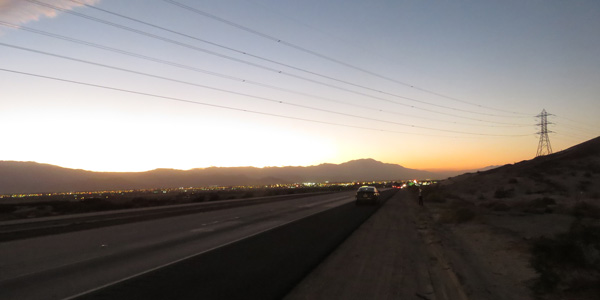By Jason Fordney
CAISO is moving forward with a proceeding that could result in changes to how it allocates transmission costs to participants in its wholesale markets, meant to better reflect increased adoption of distributed generation and other factors.
The grid operator is considering a proposal to replace its current method, which utilizes end-use metered load to bill a volumetric transmission access charge (TAC). That method does not reflect the role of DG in reducing transmission costs.
CAISO is analyzing whether to reduce TAC charges in transmission owner service areas for load that is offset by DG output, and how best to do so. It also is considering a demand-based charge instead of — or in addition to — its volumetric charge, or one based on time-of-use pricing.
The ISO on Tuesday held a stakeholder working group on the proposed TAC changes outlined in a June 30 issue paper. Neil Millar, CAISO executive director of infrastructure development, said during the meeting that because transmission charges are applied both to energy provided from central stations and DG, the cost of delivering energy is ignored, creating an inefficient market.
“It distorts cost allocation, distorts energy markets [and] costs money,” Millar said. Transmission costs are also rising, making dealing with the issue a “political necessity.”
CAISO also considered changing another settlement process that uses a volumetric rate for wheeling power to loads off the ISO-controlled grid, but it put it on hold after talking with stakeholders and deciding the initiative had “a number of complex and controversial issues.”
Moving the point where transmission usage is measured would solve a lot of the issues, according to Millar. To address the issue, the ISO is considering a Clean Coalition proposal that would rely on gauging hourly net load at each transmission-distribution interface substation, referred to as “transmission energy downflow.”
In an effort to place some boundaries on the proposal, CAISO plans to remove some other topics that are broad in scope regarding the TAC. Among those initiatives were an assessment of current regional and local transmission charges that are recovered through a postage-stamp rate and an analysis of the ISO’s role in collecting the TAC. Other topics to be postponed are alternative types of transmission service. CAISO said it would study other regions and some other proposals put forth by stakeholders.
CAISO plans to issue a straw proposal on the TAC changes by Oct. 31, followed by a Nov. 15 stakeholder call. A final proposal will be submitted to the ISO Board of Governors sometime in 2018.
The grid operator earlier developed a proposal to allocate transmission costs over an expanded balancing area if the ISO integrates new members such as PacifiCorp. (See CAISO Floats Latest Cost Allocation Plan for Expanded Balancing Area.) That proposal has been shelved until CAISO expands into other regions of the West.



